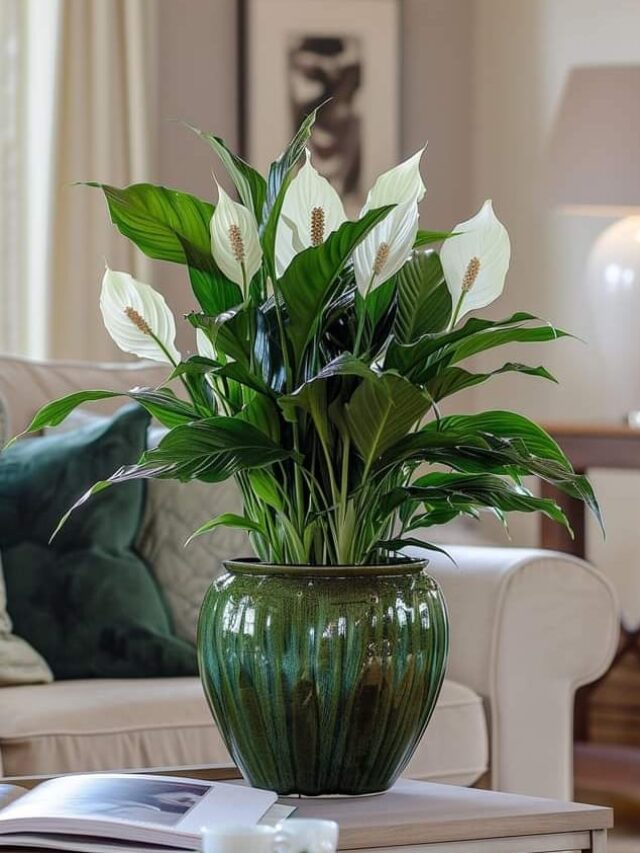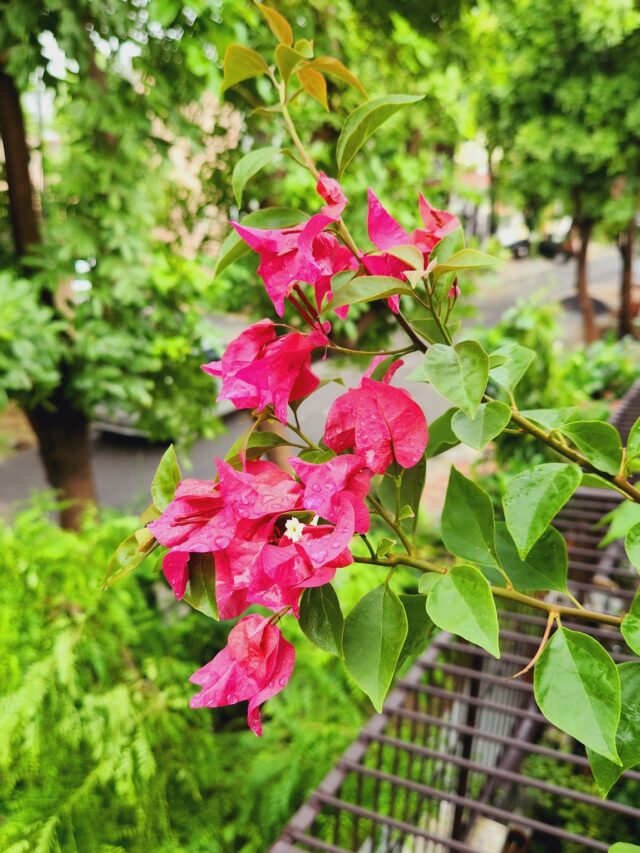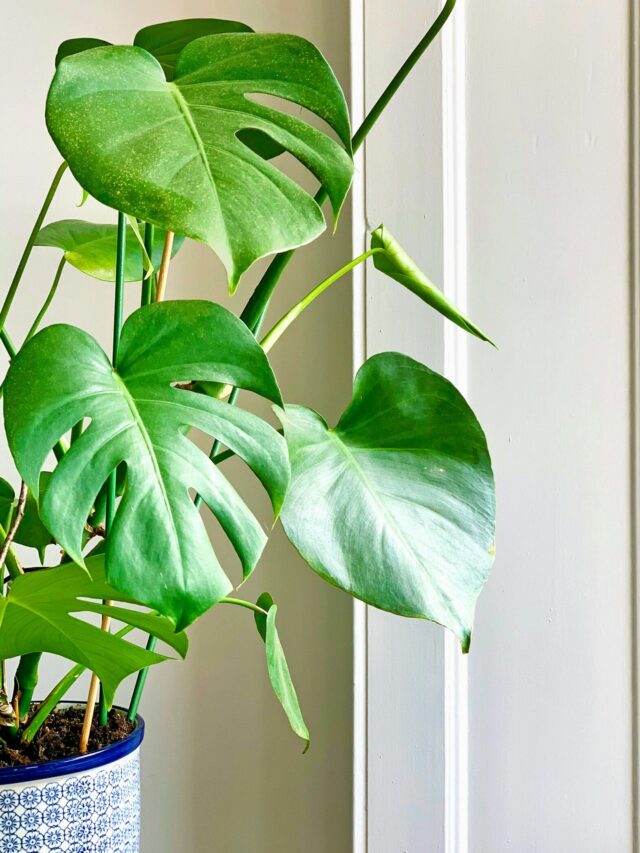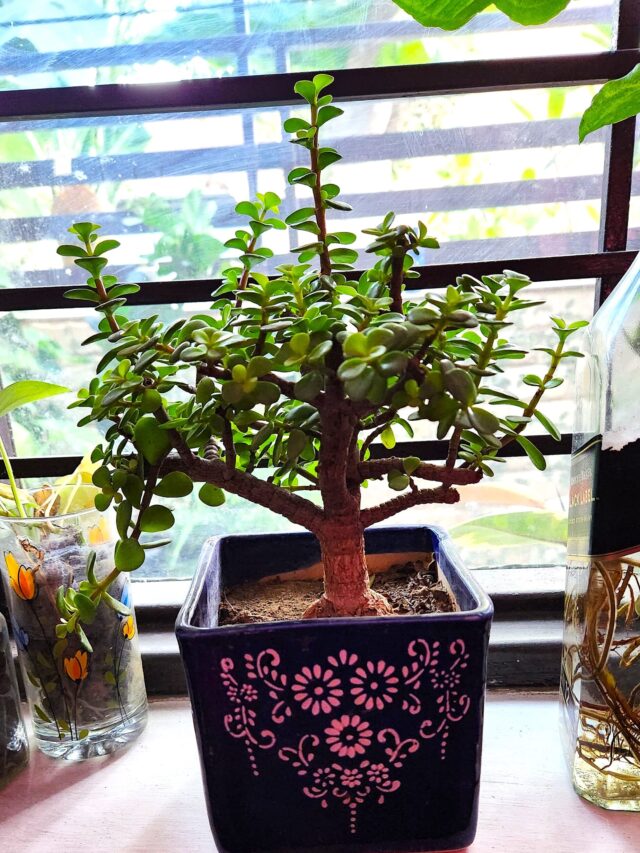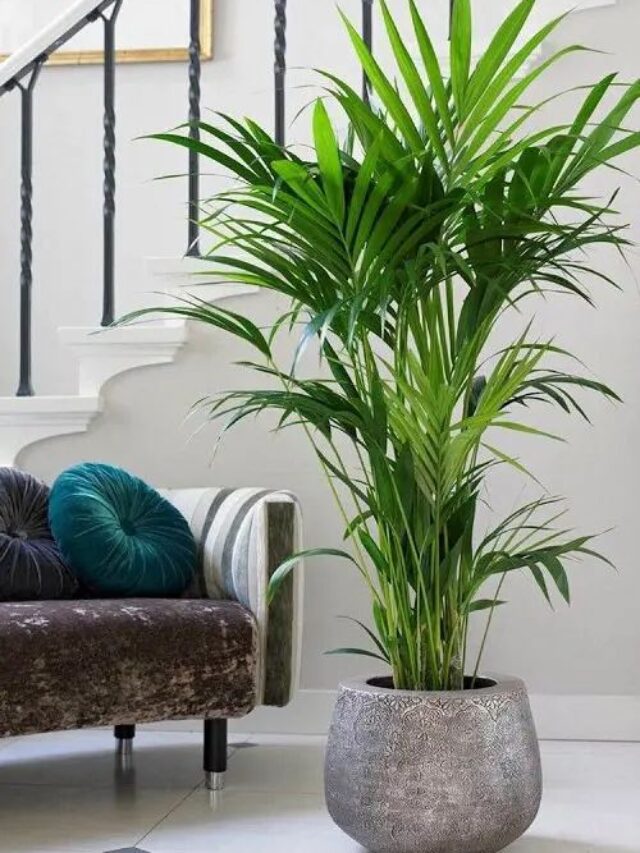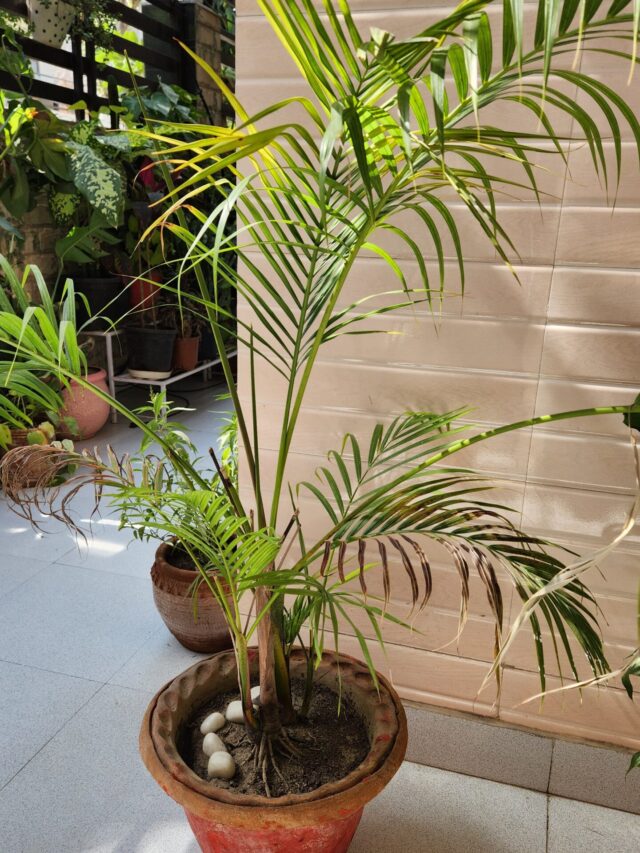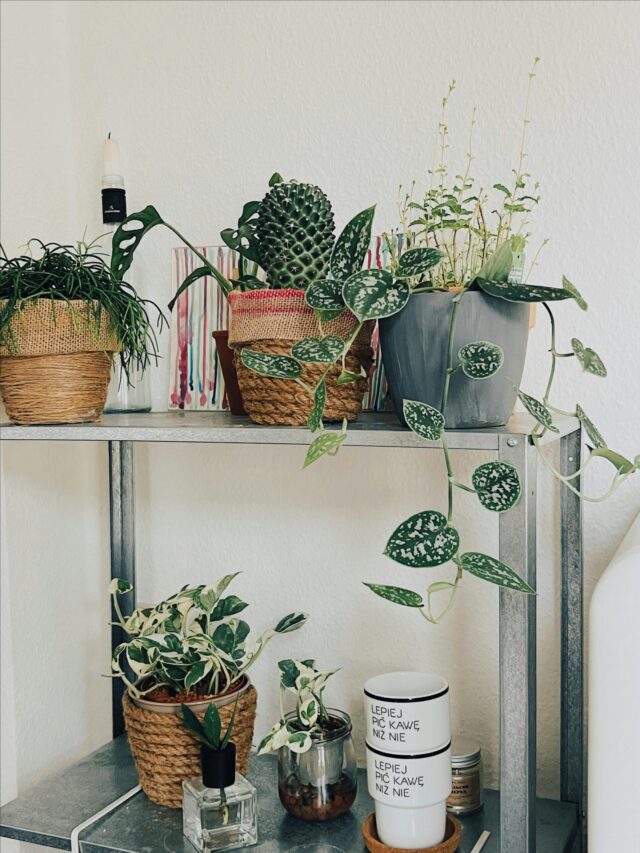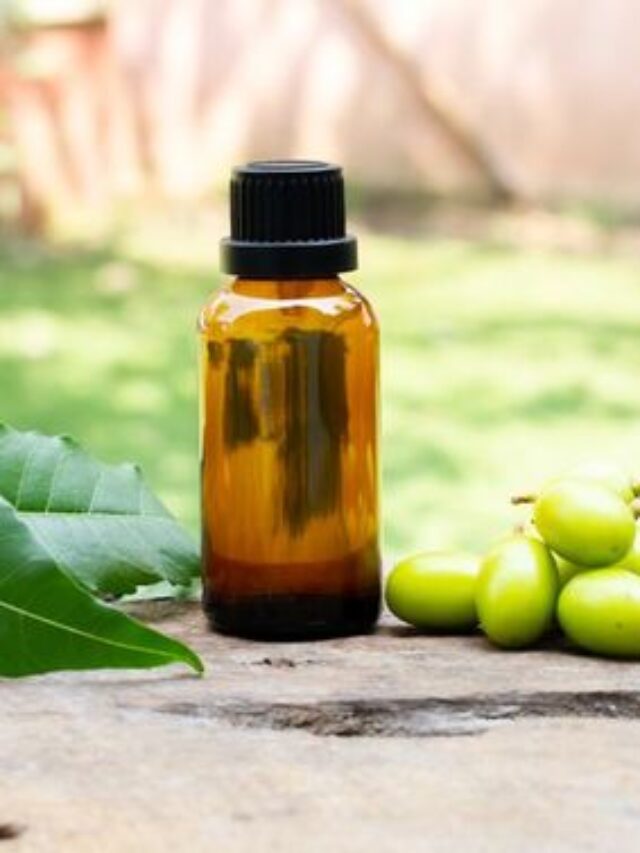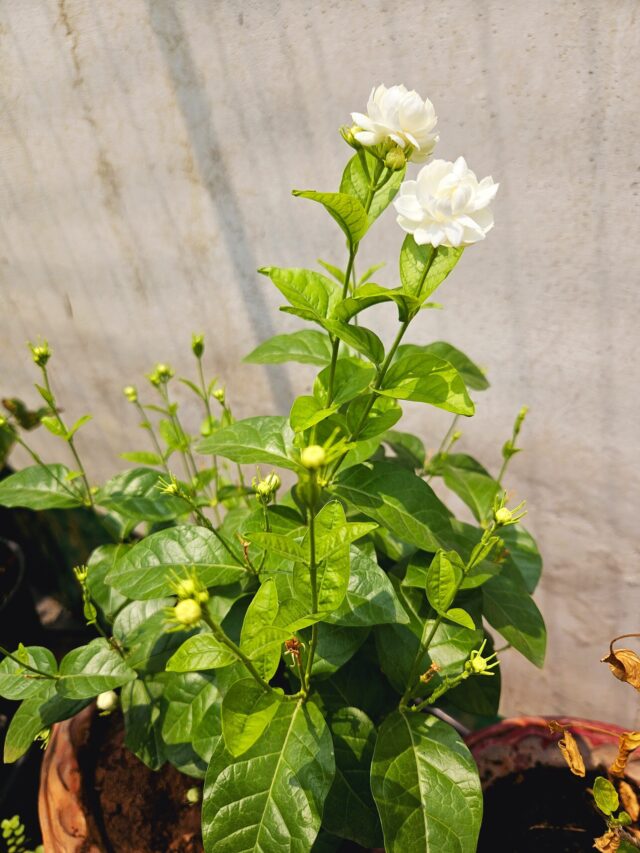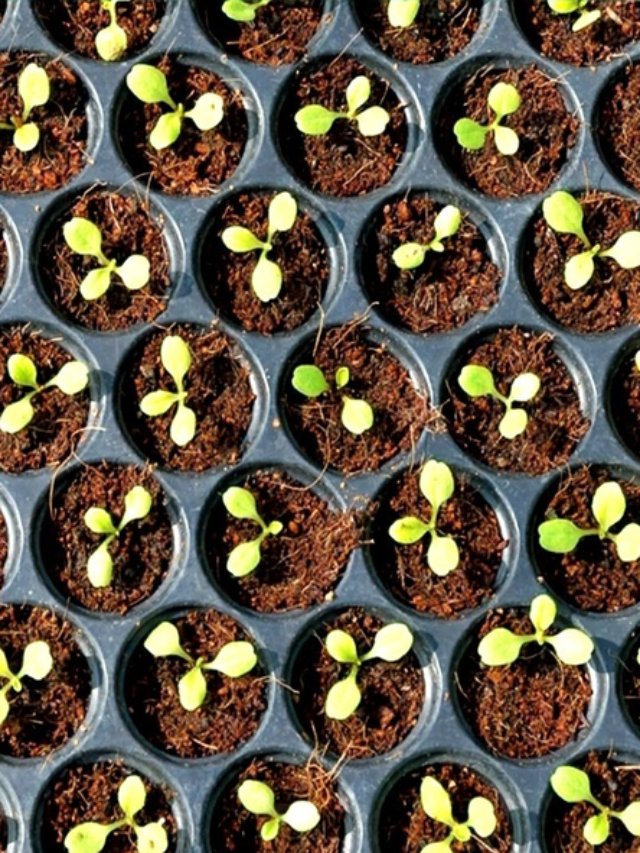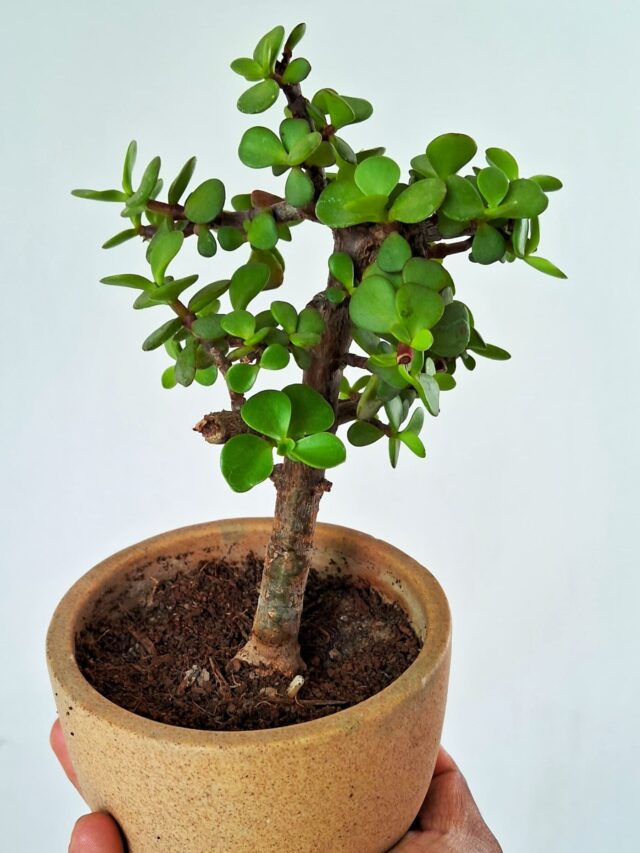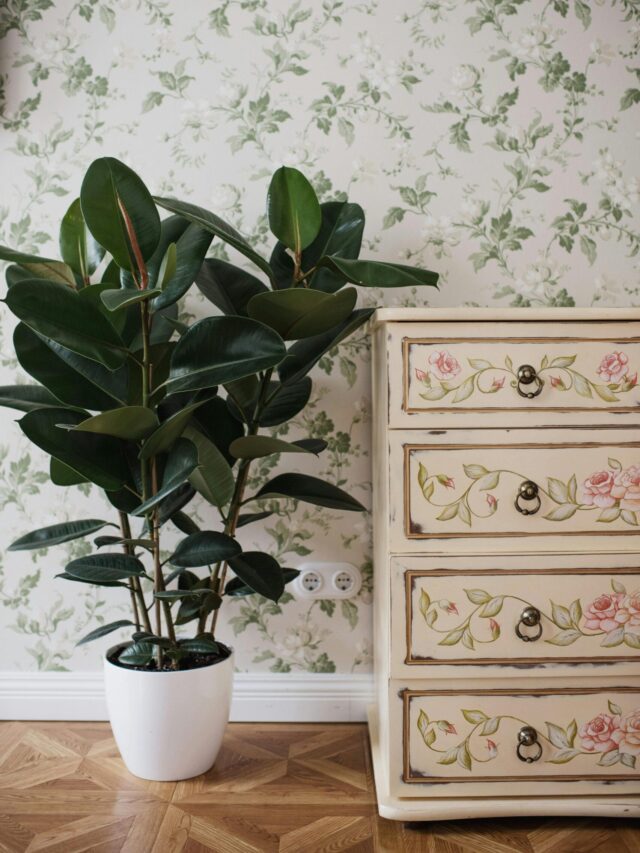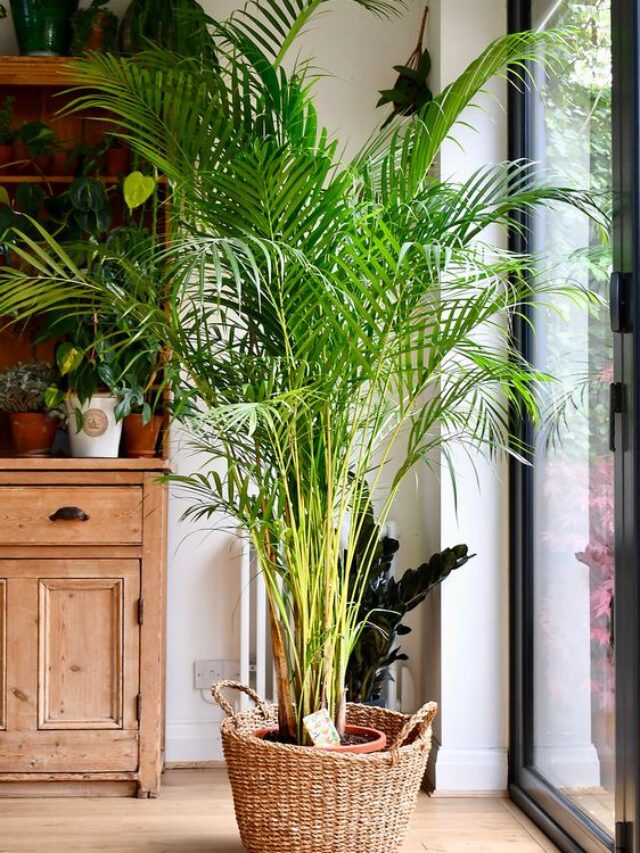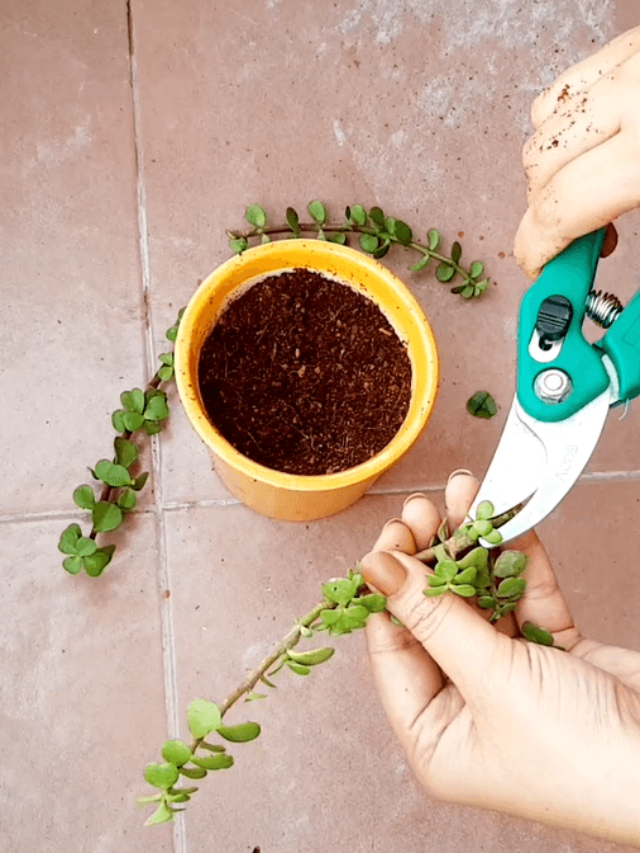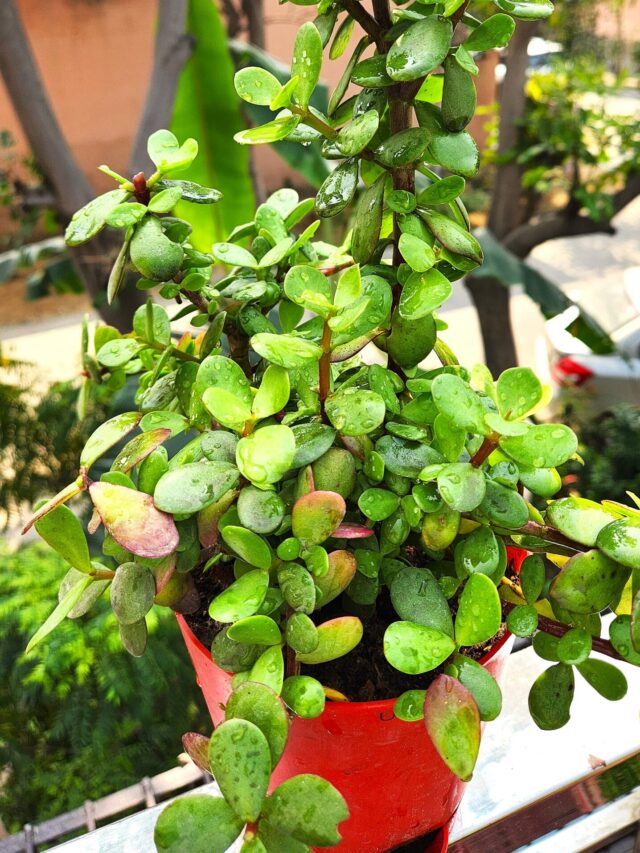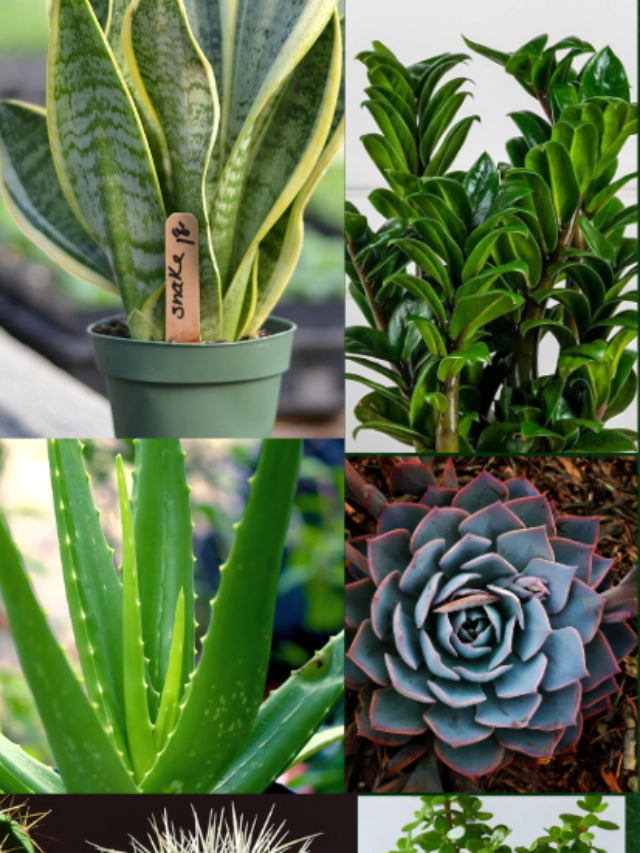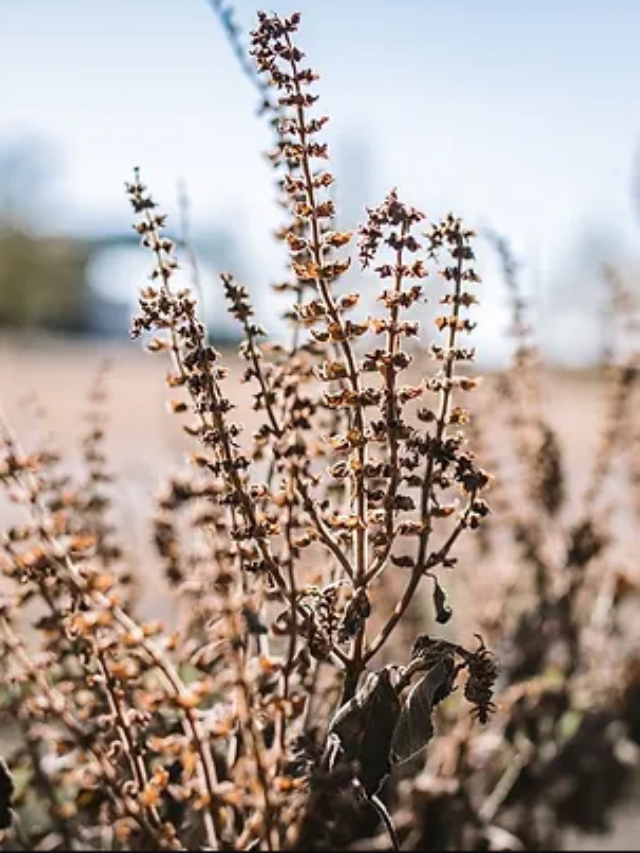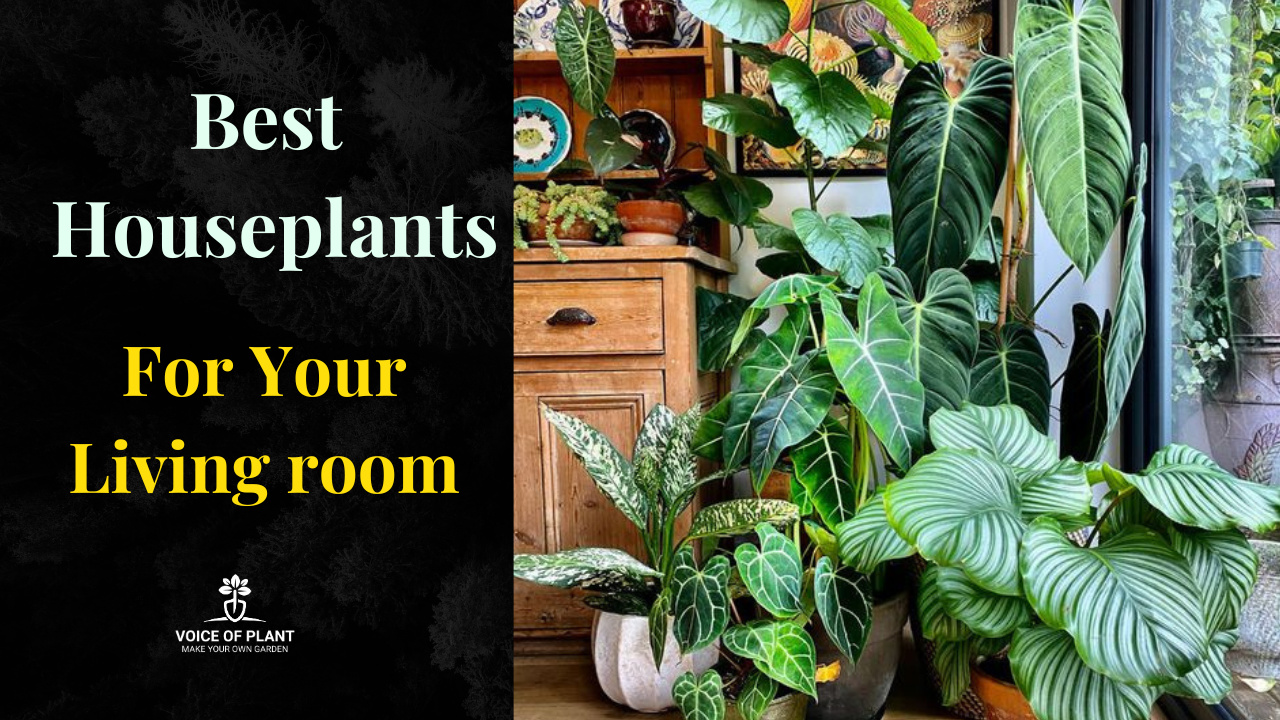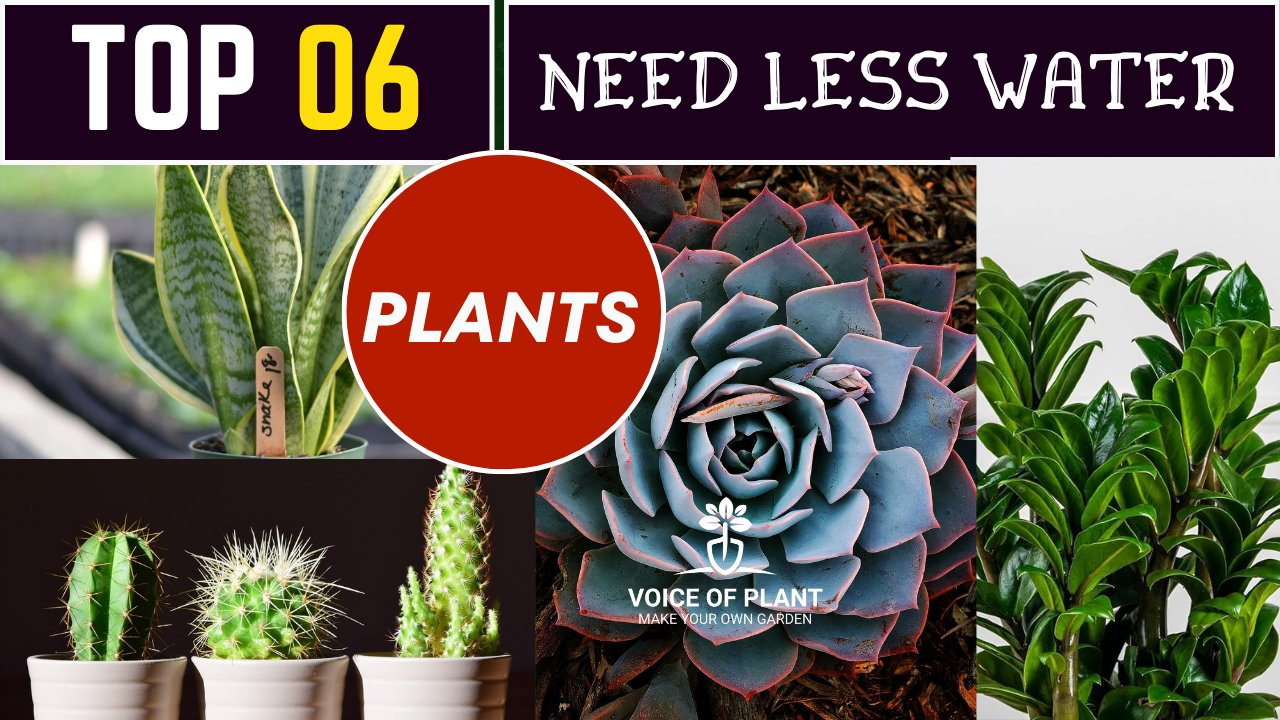Spruce up your living room with some greenery! Houseplants not only add a touch of nature to your home but also improve air quality and bring a sense of calm into your space. They can make any living room feel more vibrant and alive.
10 Best Houseplants for Your Living Room
1. Monstera Deliciosa
2. Fiddle Leaf Fig
3. Snake Plant
4. Pothos (Money Plant)
5. ZZ Plant
6. Aloe Vera
7. Rubber Plant
8. Areca Palm
9. Spider Plant
10. Aglaonema (Chinese Evergreen)
Let’s dive in and explore the best houseplants for your home!
1. Monstera Deliciosa

Monsteras thrive in bright, indirect light.
- Direct sunlight can scorch their leaves, so a spot near a window with a curtain works well.
2. Fiddle Leaf Fig

Fiddle leaf figs have big, gorgeous leaves that make any space look lush and vibrant.
- Place them near a window where they get filtered light. Too much direct sun can scorch their leaves.
3. Snake Plant

Snake plants are easy to care for and perfect for living rooms.
- They thrive in low light, so you don’t need a bright, sunny room for these beauties.
Must read: Snake Plant Complete Care
4. Pothos (Money Plant)

Pothos are super adaptable and can handle low light conditions, making them perfect for those not-so-sunny corners of your home.
- Just keep them away from direct sunlight to avoid leaf burn.
Must read: Money plant complete care
5. ZZ Plant

ZZ plants are perfect for anyone who wants a low-maintenance plant with a sleek look.
- Known for their shiny, waxy leaves, they can add a touch of elegance to any living room.
- They tolerate low light conditions, so you don’t have to place them directly by a window.
Must read: ZZ plant complete care
6. Aloe Vera

Aloe Vera is not just beautiful, but also super handy.
- You can use the gel from its leaves to soothe burns or cuts.
- This plant loves the sun, so place it in a sunny spot, like a south or west-facing window.
Must read: Aloe Vera Care Tips
7. Rubber Plant

With its broad, glossy leaves, the rubber plant not only looks elegant but also helps purify the air by removing toxins like formaldehyde.
- It does well in bright, indirect light but can adapt to lower light conditions too.
Must read: Rubber Plant Complete Care
8. Areca Palm

Areca palms are another great addition to your living room, offering a tropical feel with their feathery fronds.
- They thrive in bright, indirect light and can help create a lively, refreshing atmosphere in your home.
Must read: Areca Palm Complete Care
9. Spider Plant

Spider plants are excellent for beginners.
- They thrive in bright, indirect light and can even tolerate low light conditions.
- Their arching leaves and baby plantlets make them a charming addition to any living room.
10. Aglaonema (Chinese Evergreen)

Aglaonemas are known for their beautiful, patterned leaves and are very easy to care for.
- They can tolerate low light conditions and are perfect for adding a pop of color to your living room without demanding too much attention.
Must read: Aglaonema Plant Complete Care
These houseplants can transform your living room into a lush, vibrant space.
Follow our Social media channel:
1. Voice of Plant – YouTube Channel
2. Voice of Plant Facebook Page
3. Instagram Voice of Plant Channel
Happy planting!

